
The real risks of risk-cost-benefit analysis
pp. 343-357
in: Paul T. Durbin (ed), Technology and responsibility, Berlin, Springer, 1987Abstract
Risk-cost-benefit analysis (RCBA) is very likely the single most used economic method, at least in the U.S., for evaluating the desirability of a variety of technological actions, from building a liquefied natural gas facility to adding yellow dye number two to margarine. The 1969 National Environmental Policy Act requires that some form of RCBA be used to evaluate all federal environment-related projects.1 Also, all U.S. regulatory agencies, with the exception perhaps only of the Occupational Safety and Health Administration (OSHA) routinely use RCBA to help determine their policies.2


